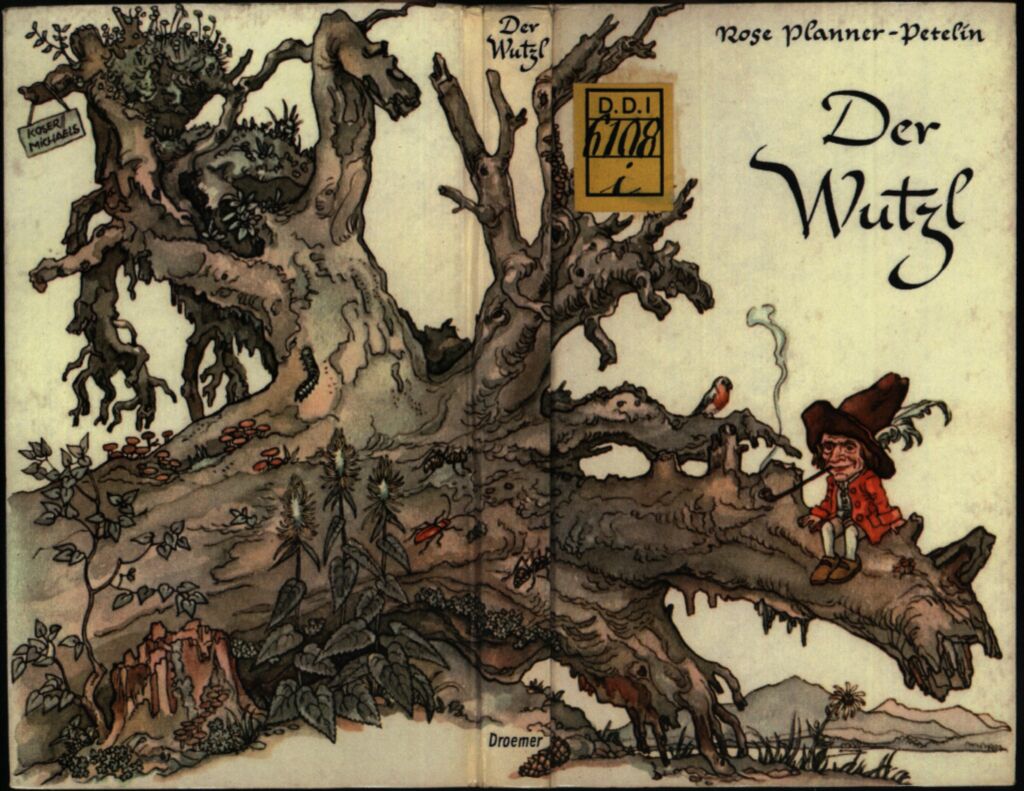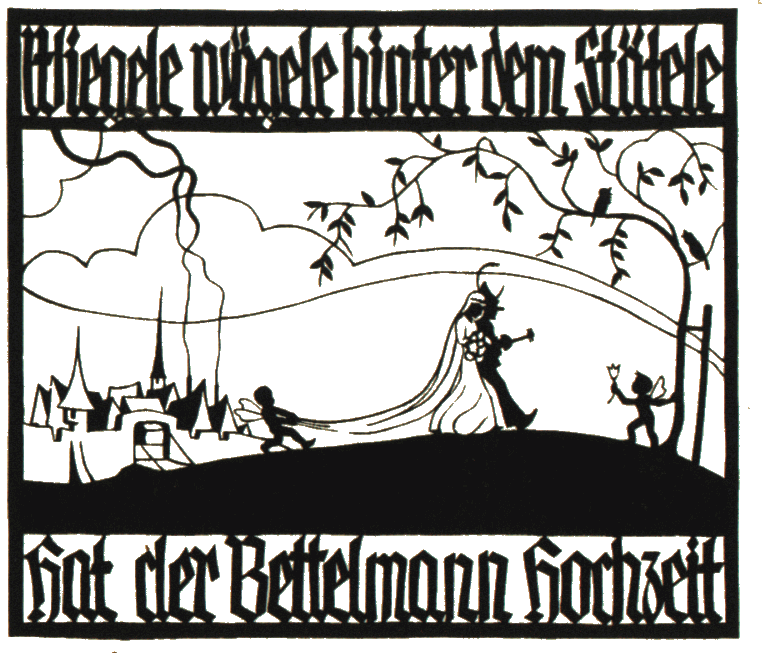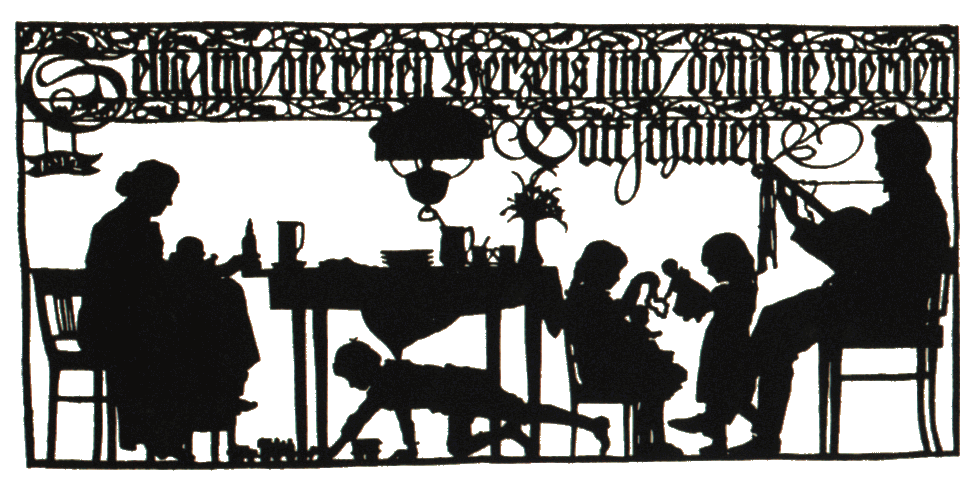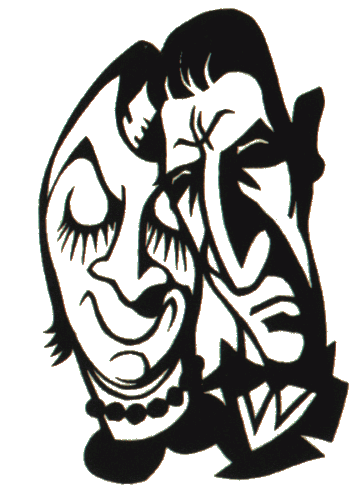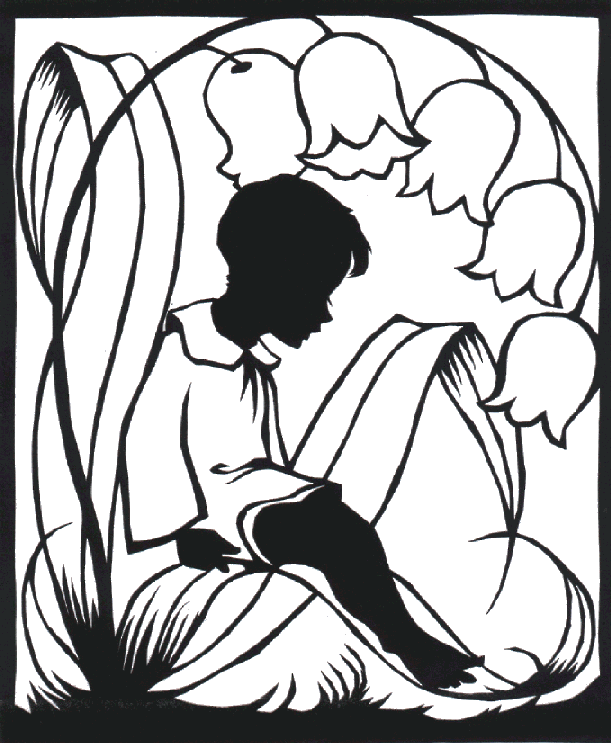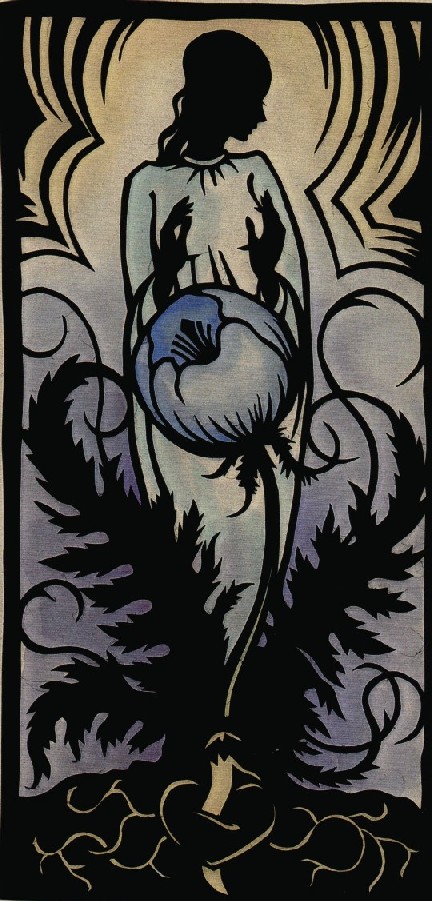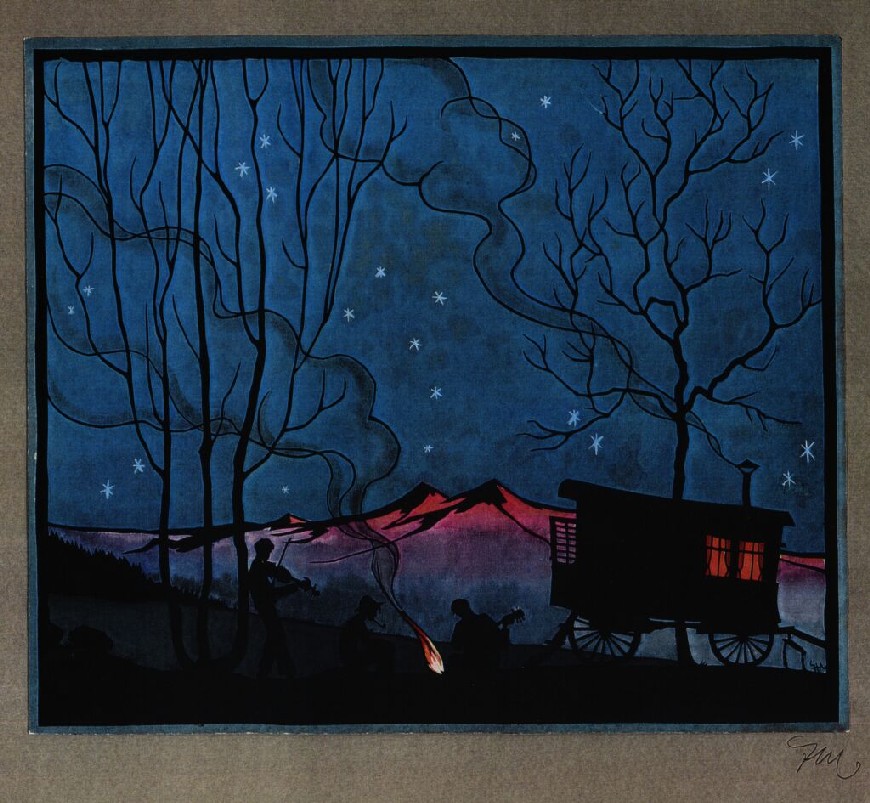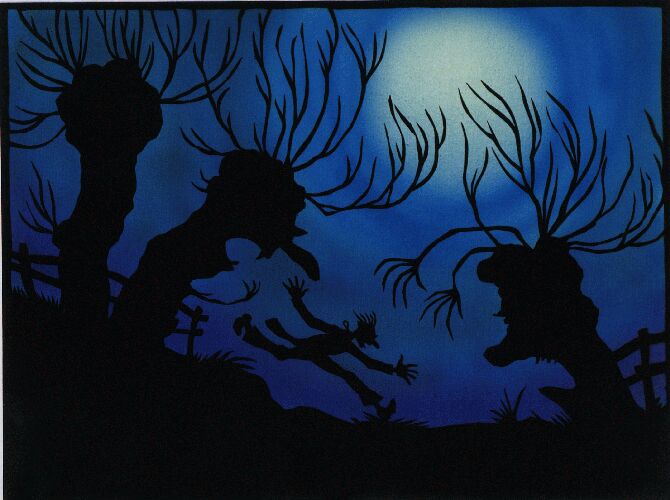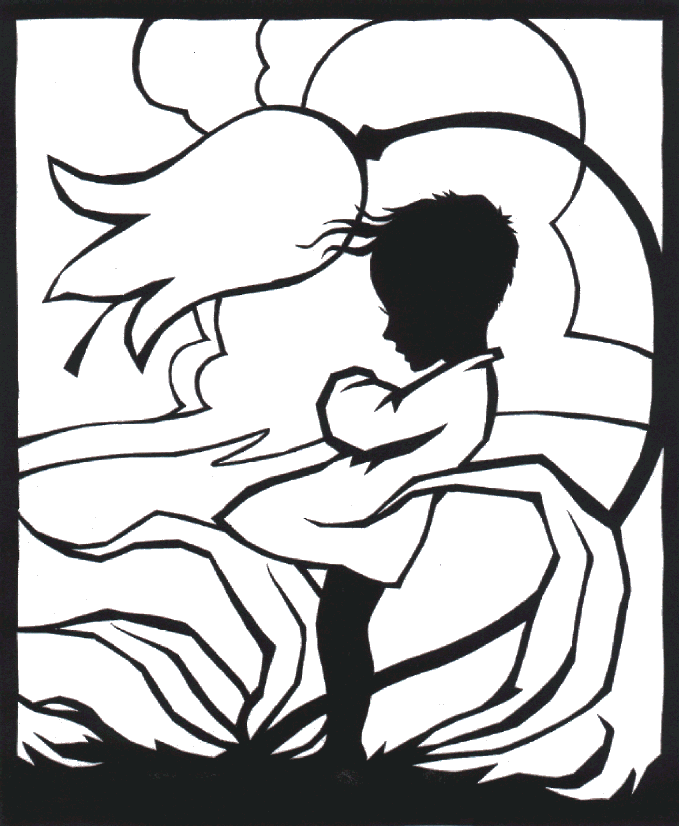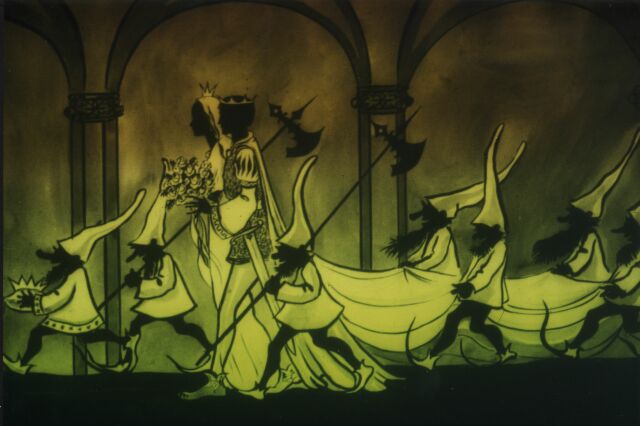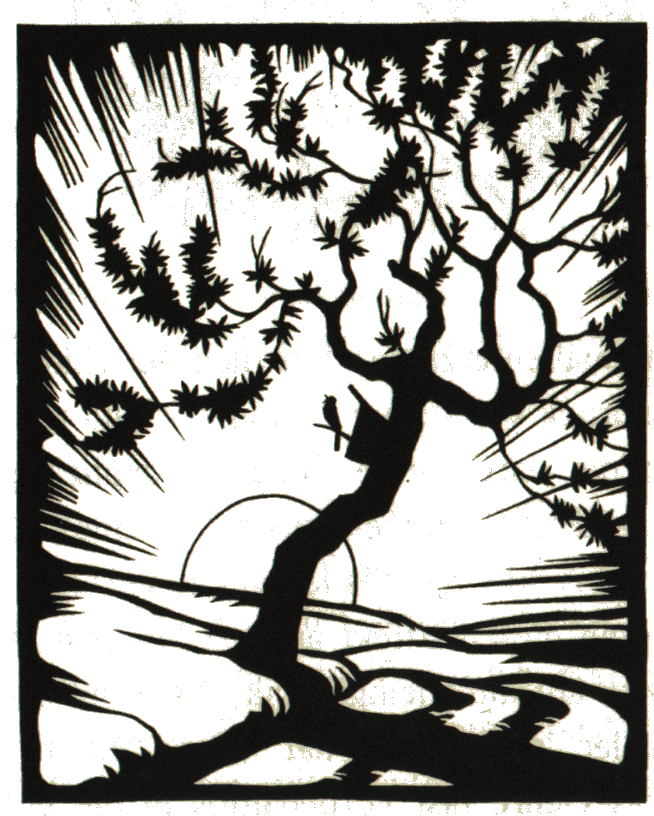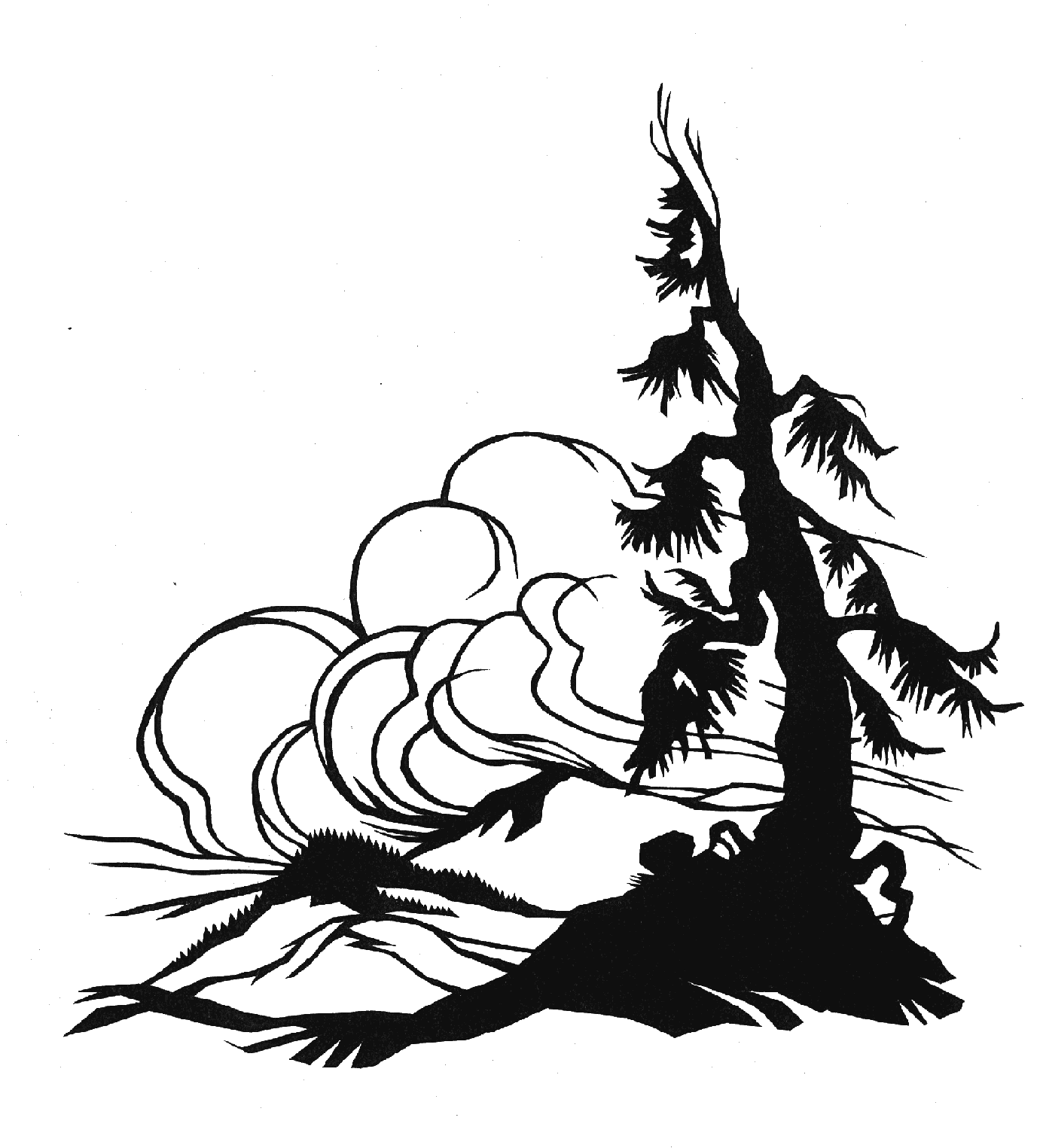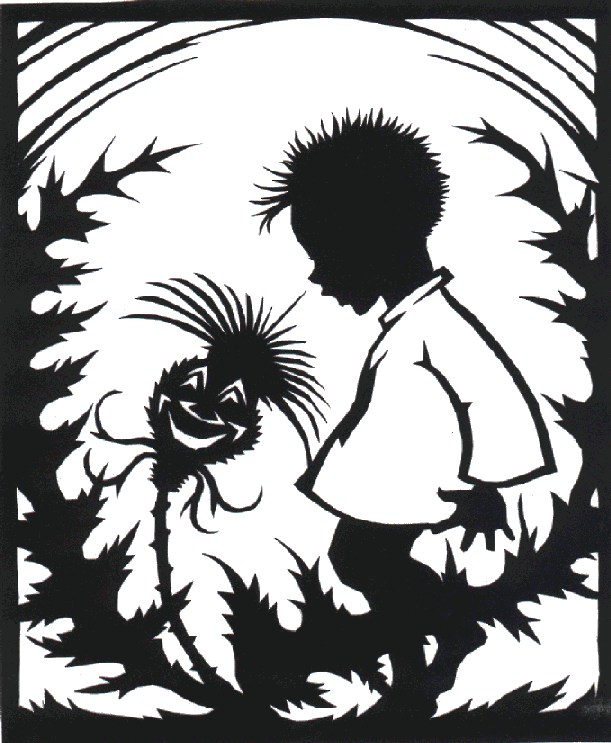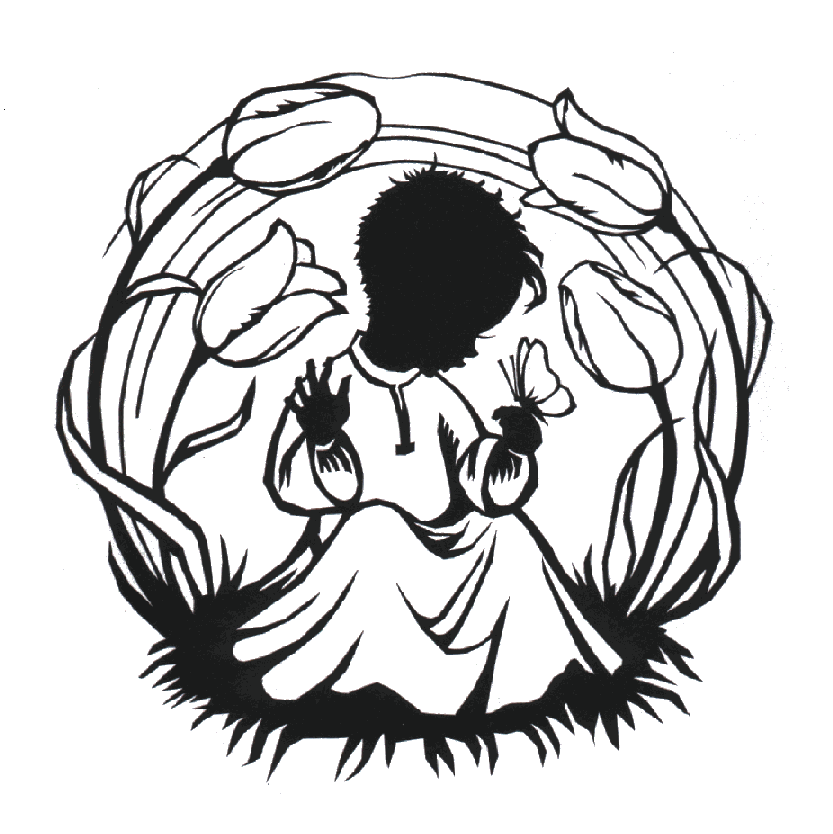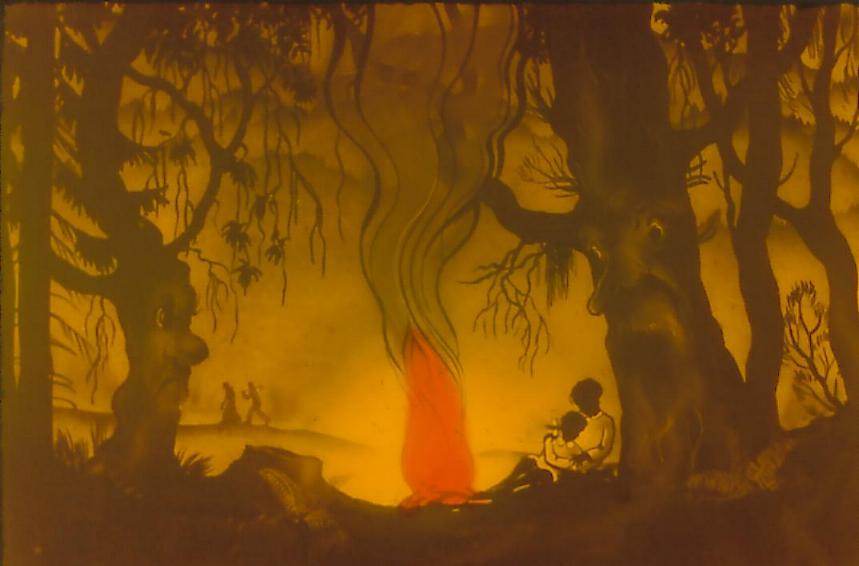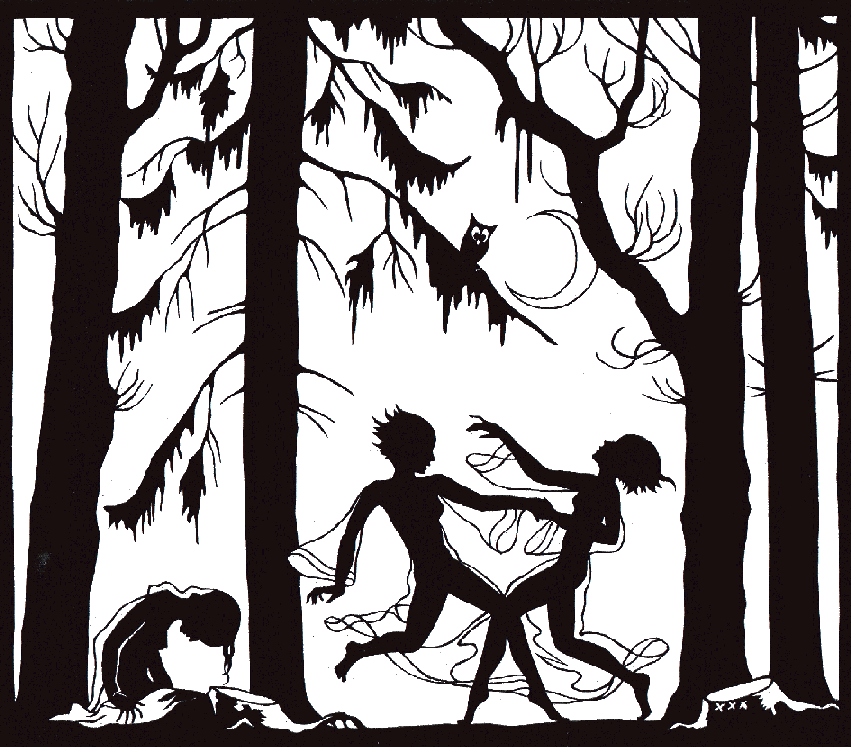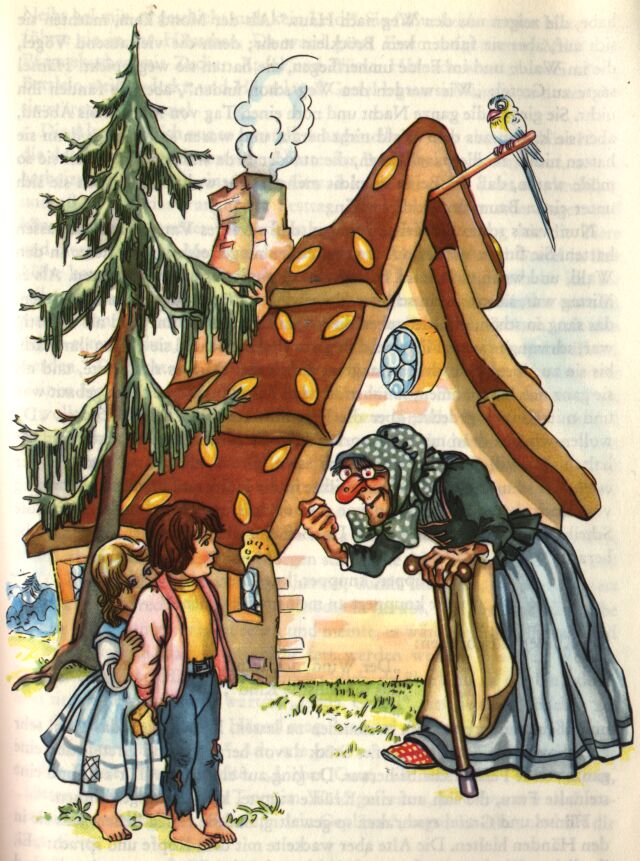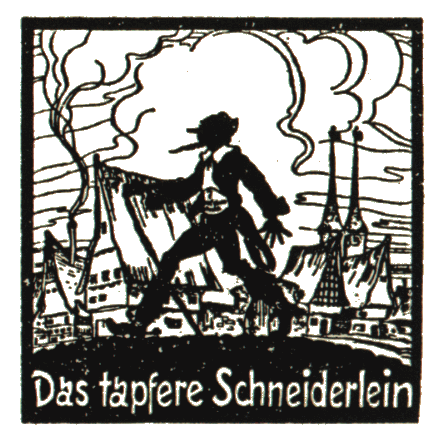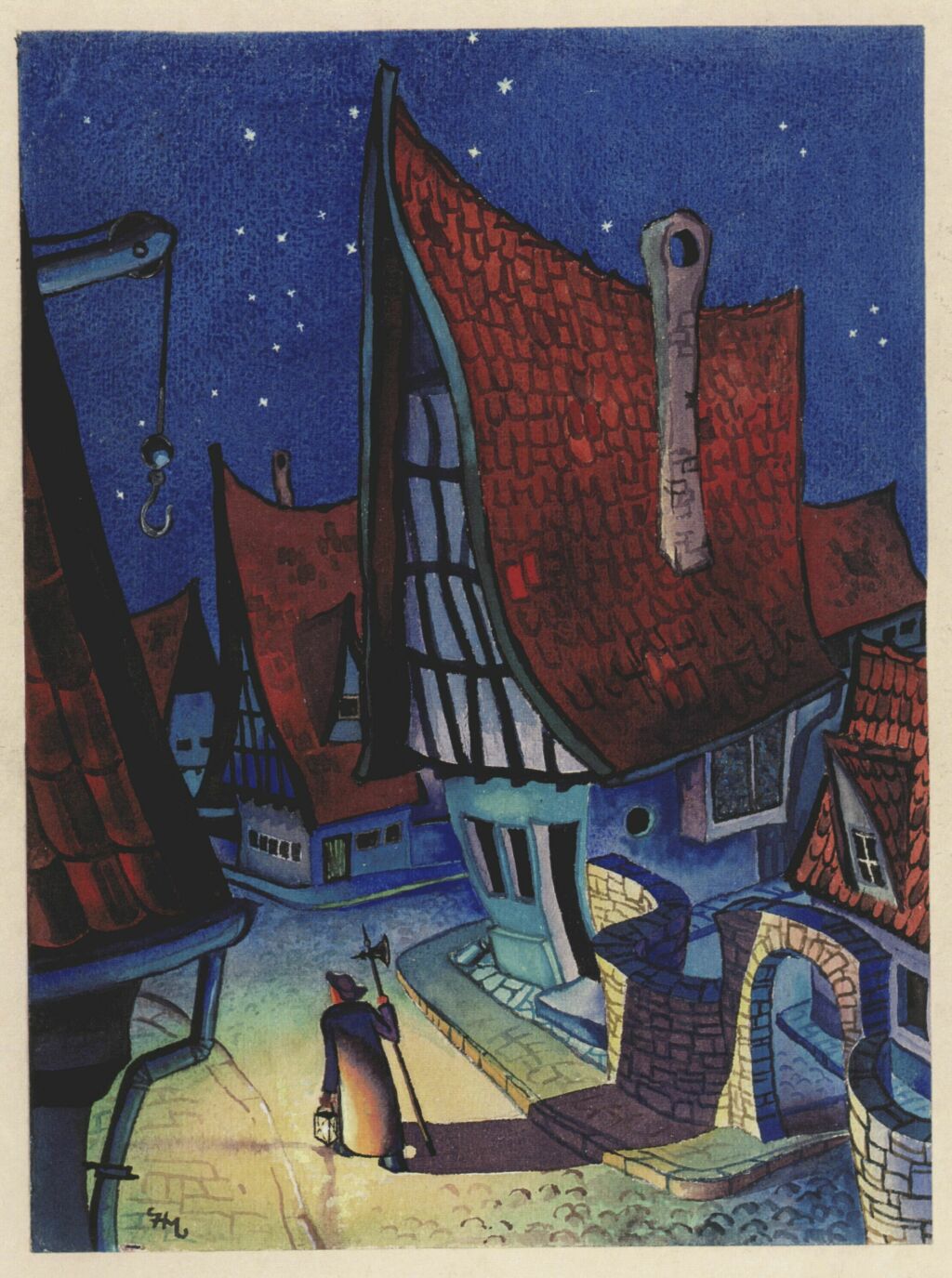Heinz Mellmann as an artisan
Artistic education and development
In Heinz Mellmann's original family, the artistic gift was obviously widespread. His father's first son, Walter Mellmann, received an education as a sculptor and, in the course of his life, made a name of himself by his sacral plastic art in bronze and his instructional book »Ton in meiner Hand« (»Clay in my hand«, 1968 and later). Walter's younger brothers, Heinz and Wilhelm, equally chose artistic crafts as profession. Heinz learned poster painting and decorateur in a department store, and Wilhelm worked as a cabinet maker.
Concerning his artistic development, Heinz Mellmann depended on his own creativity. During his apprenticeship he took part in additional courses at the Städtische Kaufmännische Berufsschule Osnabrück and at the VDAV (the predecessor, founded in 1908, of the today Deutsche Verein für Fotografie, DVF) and autodidactically endeavored to improve his skills in calligraphy, poster painting, figure drawing, and photography. In 1939 he tested a new procedure patent in producing polychrome trick and silhouette films, together with a friend of his, Dr. Arthur Morenstecher.
From 1939 until 1943 he worked both in the photo laboratory and in the shop at the photo and art products merchant Schaller in Stuttgart,
for whom he designed several greeting cards, bookmarks, and other small graphics of contemporary taste.
His most autonomous works of this period are the original paintings of the fairytale illustrations, which he made around 1943.
Heinz Mellmann, Hänsel and Gretel 3In October, 1944, he signed a contract with the publisher Knaur regarding illustration of a children's book titled »Wutzl« (text by Rose Planner-Petelin). A sketch for one of the assigned 25 aquarelles plus one jacket illustration may have been this silhouette cutout, highlighted with aquarelle colors.
Heinz MellmannSadly, Mellmann was killed in action in May, 1945 and could not fulfill the contract. The book was issued in 1946, illustrated by Ruth and Martin Koser-Michaëls.
Ruth Koser-Michaëls, book jacket (1)Mellmanns favorite technique was the ›Scherenschnitt‹ (a ›scissor-cut‹, i.e. a silhouette cut from black paper). In this technique he manufactured the most of his more personal works.
Heinz MellmannThe ›Scherenschnitt‹, as developed in Germany in the late eighteenth century, traditionally is the reproduction of a mere silhouette picture.
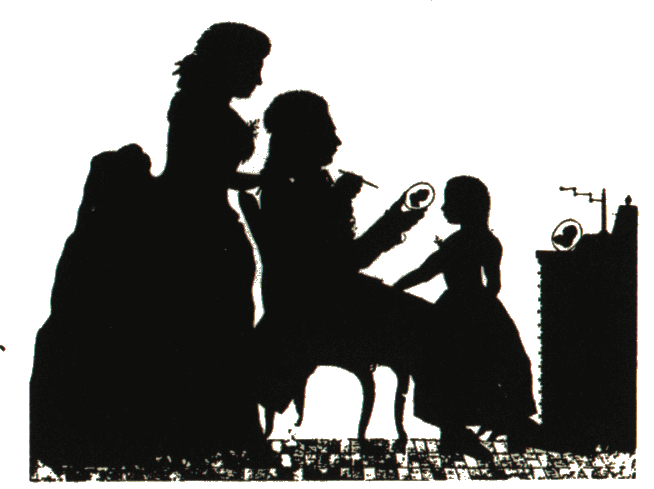
Anonymus, 18th century (2) Rudolf Koch 1943, »In der Stube« (3)Mellmann, though, also made cutouts of which the black parts seem to imitate the lines of a drawing.
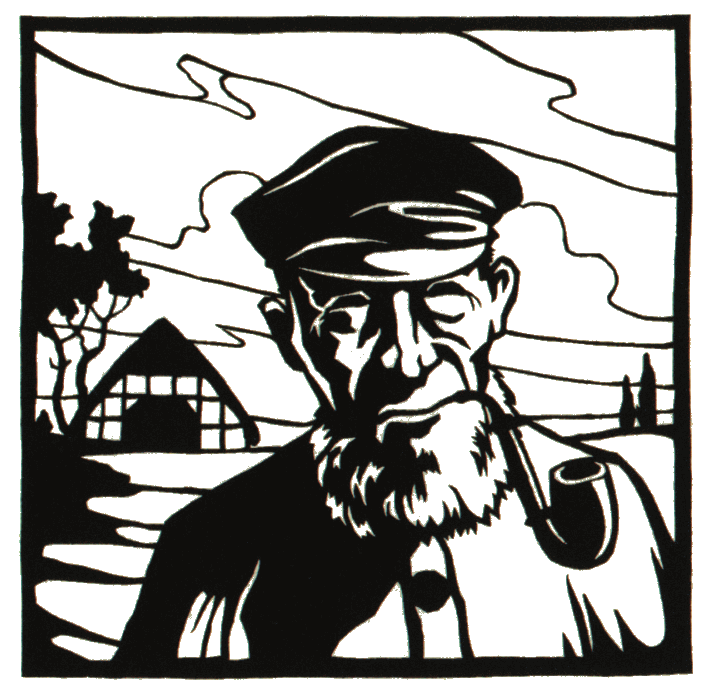
Heinz Mellmann, »Heidebauer« Heinz MellmannAt the same time, he often held on to the black heads and faces of the silhouette figures. That is how he created a combination of drawing and silhouette cutting style which was typical of his ›Scherenschnitte‹.
Heinz MellmannAnother such style combination is his attempts to color arrangements within these cutouts. One technique was the coloring with aquarelle,
Heinz Mellmann 1939, »Die blaue Blume«another was to stick the cutout on a painted cardboard,
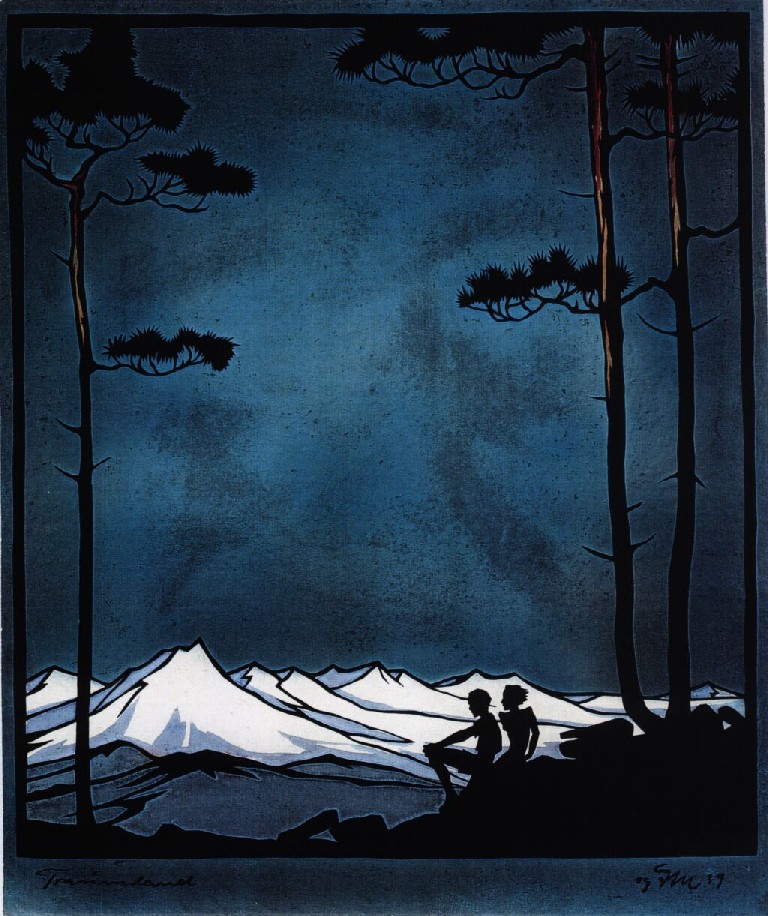
Heinz Mellmann 1939, »Traumland« Heinz Mellmanna third was the coloring of a photo print of the ›Scherenschnitt‹ with transparent colors.
Heinz MellmannIt was this last technique that was used for the fabrication of the Heimel-Slides.
Contemporary motifs and models
In his designs, Mellmann served himself by diverse motif genres which were common and widespread in his time. The most frequent is the elves and dwarfs genre, as it was cultivated mainly by Ernst Kreidolf, Maria Innocentia Hummel, Else Wenz-Viëtor, and others. It is characterized by the repeated occurrence of bellflowers, little insects, grass blades, jelly-bag caps, ladybugs, butterflies, little birds, dwarfs, elve-like nature ghosts and cherubic children. The particular cuteness of these motifs obviously was of great commercial value in the domaine of commercial artwork.
Heinz Mellmann though gave these motifs a proper sense of seriousness.
Heinz MellmannEven where he inteded to show merriness, his figures are of more quasi-adult solemnity than of neatness and drollness.
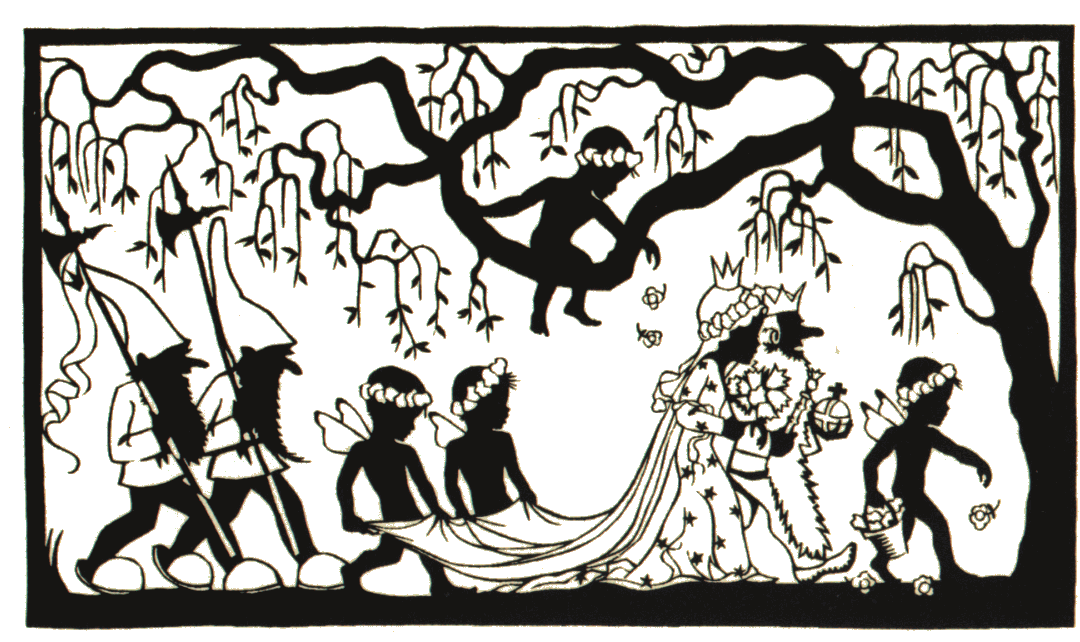
Heinz Mellmann Heinz Mellmann, Snow-White 12 (earlier conception)Similarly in his adaptation of the contemporary folk art, its proper idyllic-rural and patriotic character is not actually realized in Heinz Mellmann's nature pictures. We never see fences, garlands of corn-ears, various kinds of fruit, earthenware vessels, farm equipment, or culture plants on them. Rather his pictures seem to fix nature as an experience of the bare and immediate.
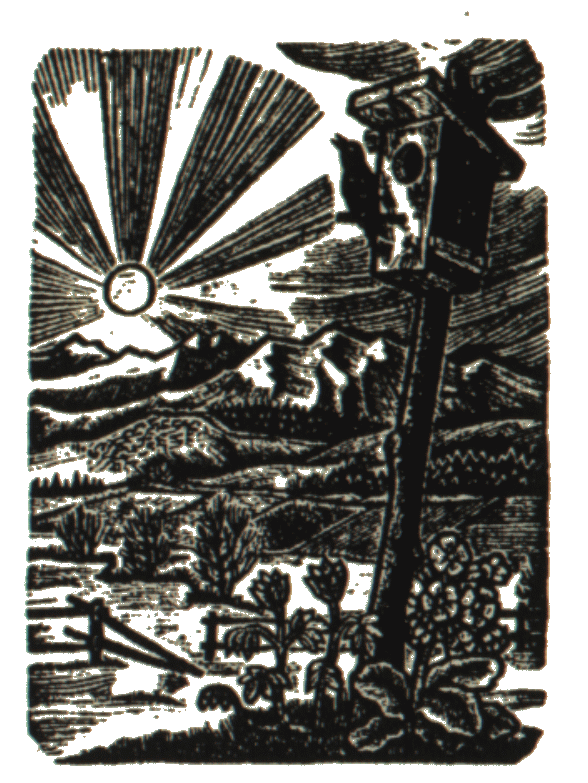
Hermann Huffert 1942 (4) Heinz MellmannMost of the nature pictures by Heinz Mellmann show such particular moments of a mystic recognition of nature as a whole. That is why most of the time he designs a deserted, but in itself uncannily animated nature, often under cloud clusters or a high and empty sky.
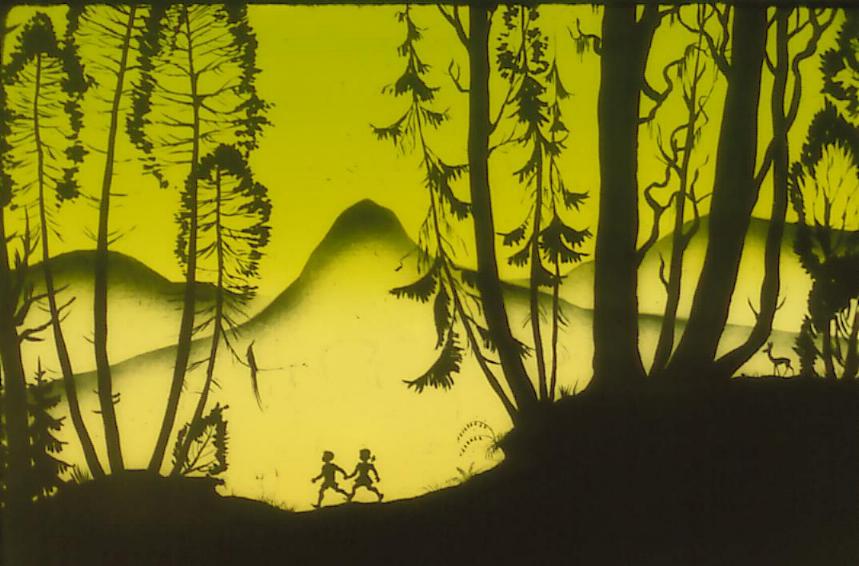
Heinz Mellmann, Hänsel and Gretel 6 Heinz MellmannIf human beings get in touch with this nature, it is most of the time by a moment of fright, startle, or of slight horror.
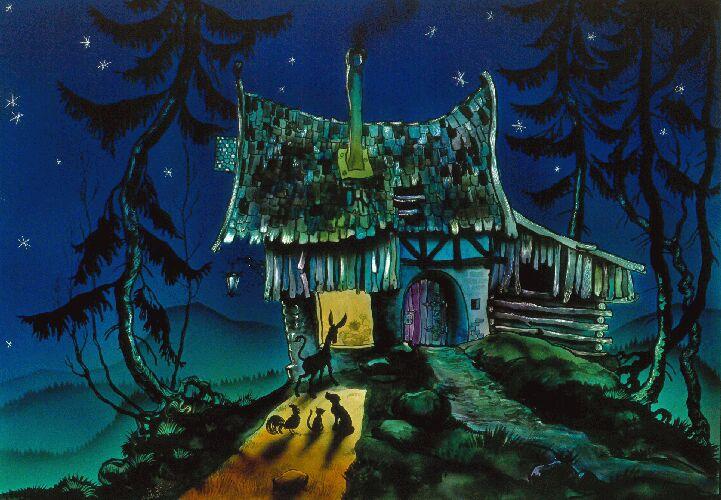
Heinz Mellmann, Bremen Town Musicians 6 Heinz Mellmann
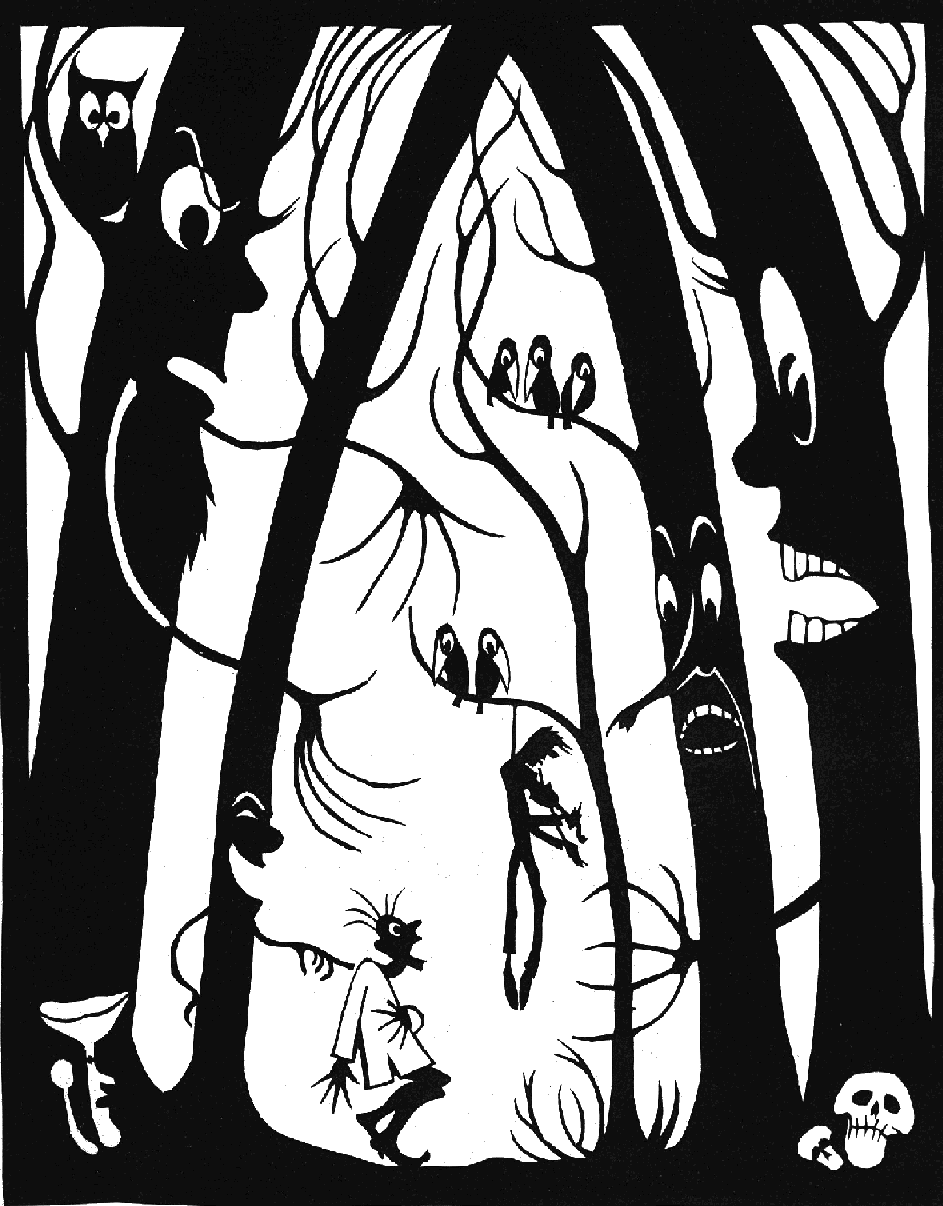
Heinz Mellmann 1939, »Spuk« Heinz MellmannThe often-appearing animated trees are no kind nature spirits either, but rather part of a potentially menacing whole of nature.
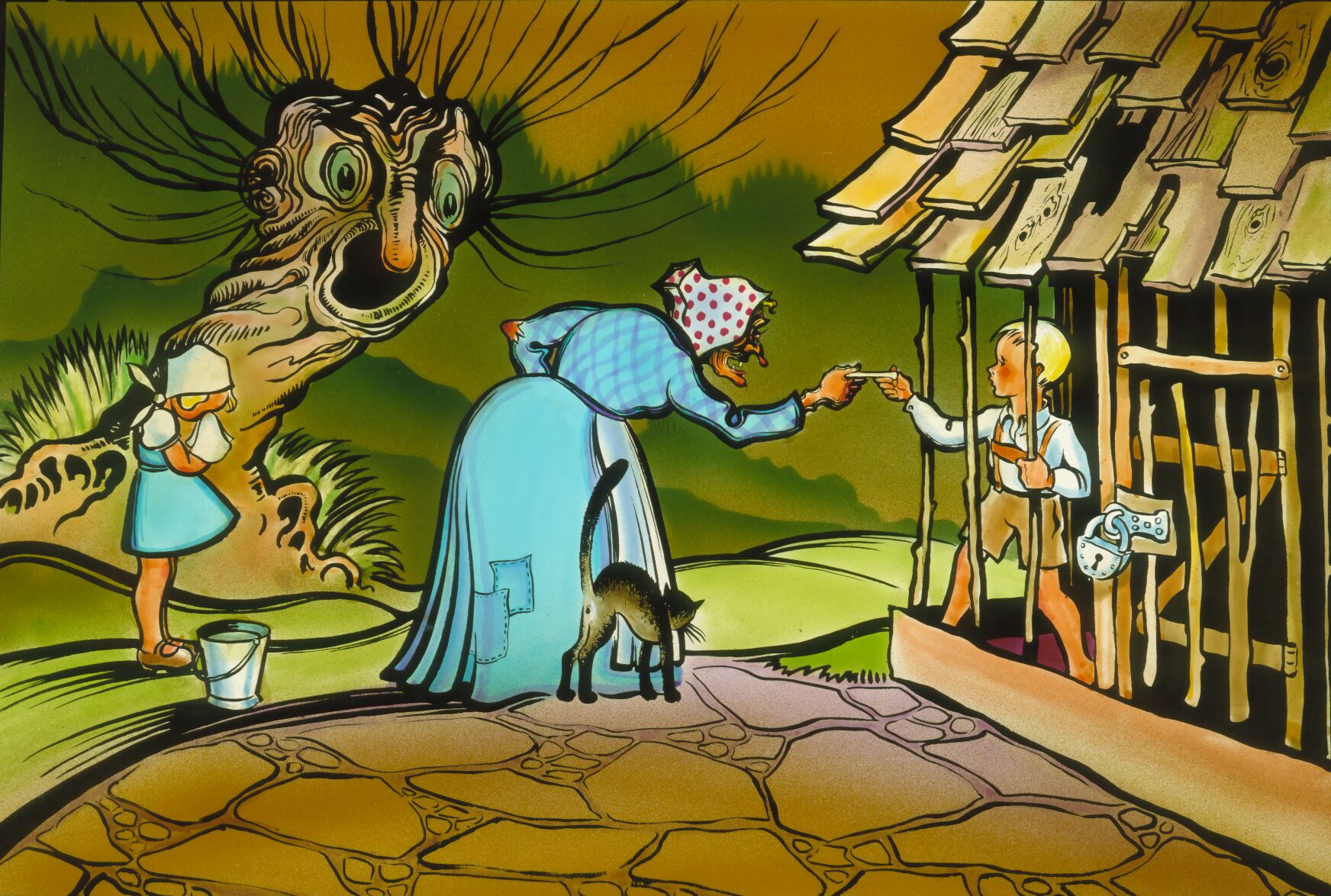
Heinz Mellmann, Hänsel and Gretel 10 (revision) Heinz Mellmann, Hänsel and Gretel 5This mystic graveness in Heinz Mellmann's nature pictures, and his bias for the somber and uncanny, makes the difference to the mere decorative nature pictures of the Art Nouveau or German ›Jugendstil‹, out of which he also seems to have borrowed some typical motifs.
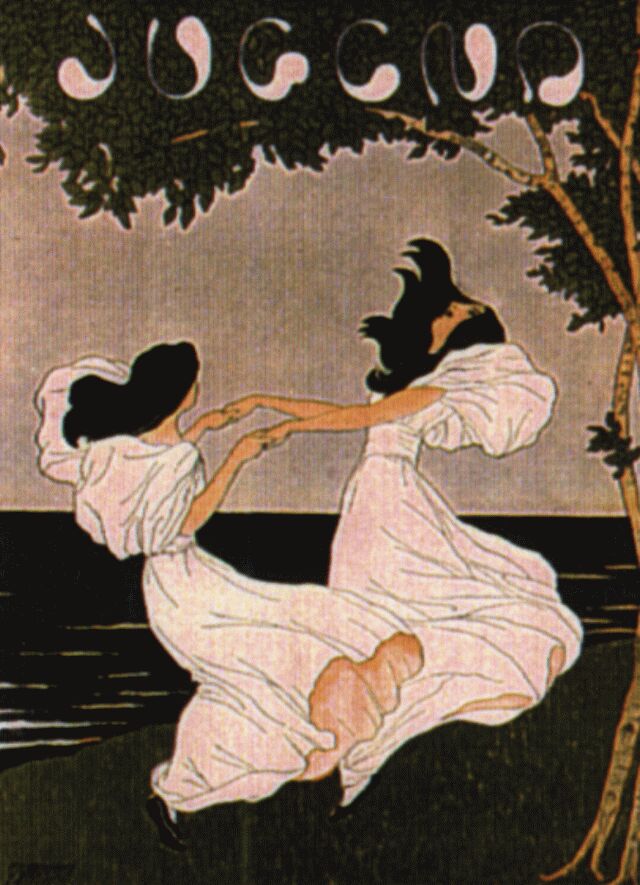
Ludwig von Zumbusch 1897 (5) Heinz MellmannNevertheless, Heinz Mellmann's pictures have a strong decorative meaning as well as they often appear like posters or vignettes. An illustration of the Grimm's tale »Hänsel and Gretel« may show how Heinz Mellmann held the balance between a decorative surface study as in the ›Jugendstil‹ and a narratively telling picture as in contemporary children's books.
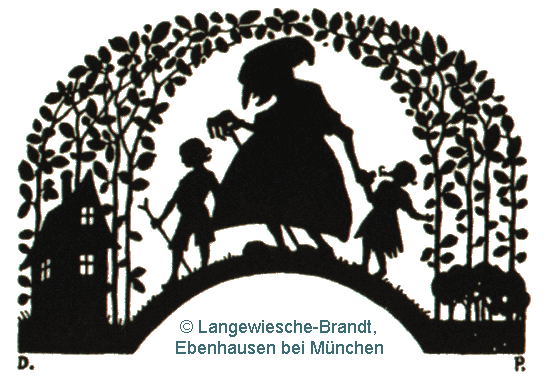
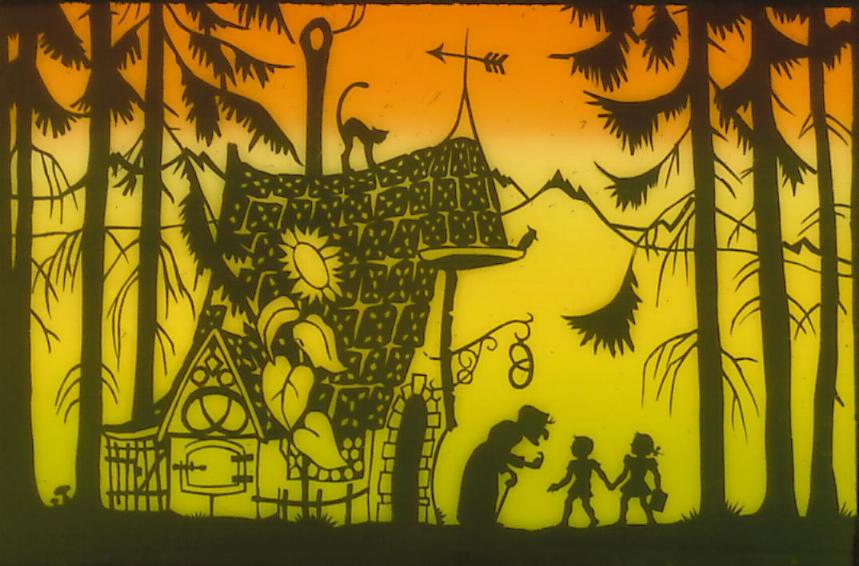
Dora Polster 1911, title vignette Heinz Mellmann, Hänsel and Gretel 8 Ruth Koser-Michaëls 1937,
for Hänsel and Gretel (6) Illustration for Hänsel and Gretel (7)
Clear overlaps with the Jugendstil are found though in the representation of the fool character.
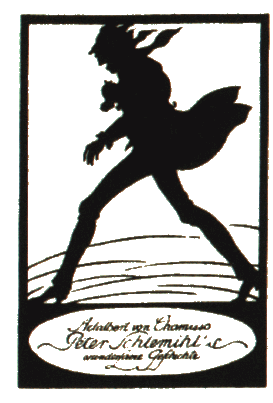
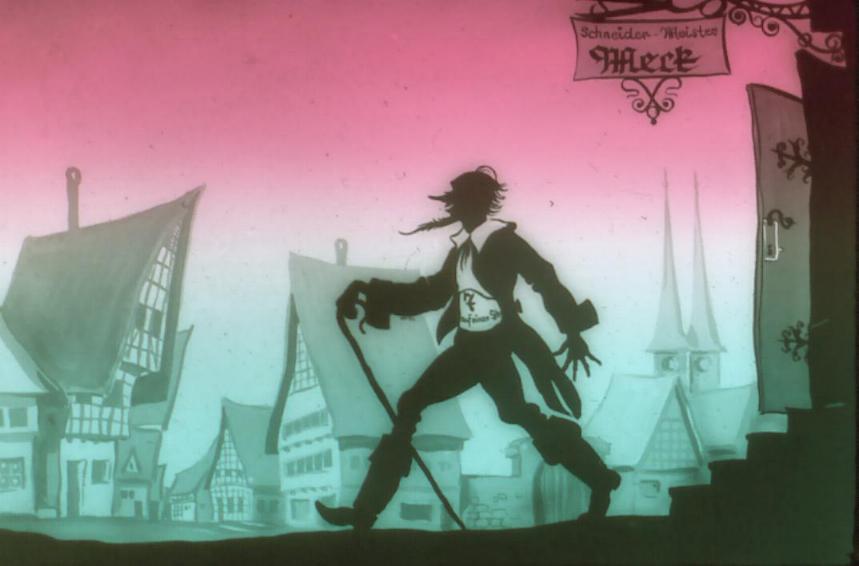
Emil Preetorius 1907, jacket illustration Heinz Mellmann, The Valiant Little Tailor 2 Heinz Mellmann, The Valiant Little
for Chamisso's »Peter Schlemihl« (8) Tailor (title picture)The contemporarily conventional ›Old German‹ Coulisse—an imaginary townscape somewhere between the 16th and the 18th century Germany—is also found in an aquarelle picture of Heinz Mellmann.
Heinz MellmannAgain, the houses of this town coulisse seem to live a mysterious life of their own, just like before the animated trees in the nature coulisse.
(1) Rose Planner-Petelin: Der Wutzl. Geschichte einer merkwürdigen Freundschaft. Mit Bildtafeln nach Aquarellen von Martin und Ruth Koser-Michaëls. München: Droemersche Verlagsanstalt 1946. <back>
(2) Ernst Biesalski: Scherenschnitt und Schattenriß. Kleine Geschichte der Silhouettenkunst. 2nd ed., München 1978. <back>
(3) Häusliches Leben. Schattenbilder von Rudolf Koch. Mit einem Nachwort von Ernst Keller. Leipzig n.d. [1934]. (Insel-Bücherei N° 124.) <back>
(4) Hermann Huffert: Vom Leben, Arbeiten und Fabulieren. Hermann Huffert zu seinen Holzschnitten. In: Archiv für Gebrauchsgraphik 79/2 (1942), p. 52. <back>
(5) Ludwig von Zumbusch: Title picture of volume 2/40 (1897) of the journal »Jugend«. <back>
(6) Deutsche Märchen, gesammelt durch die Brüder Grimm, ed. by M. Thilo-Luyken. Mit vielen Bildern von Dora Polster. Ebenhausen bei München: Langewiesche-Brandt 1911, p. 131. <back>
(7) Märchen der Brüder Grimm. Mit 100 Bildern nach Aquarellen von Ruth Koser-Michaëls. Berlin: Knaur Nachf. 1937, p. 239. <back>
(8) Adelbert von Chamisso: Peter Schlemihl's wundersame Geschichte. Ill. by Emil Preetorius. München 1907. <back>












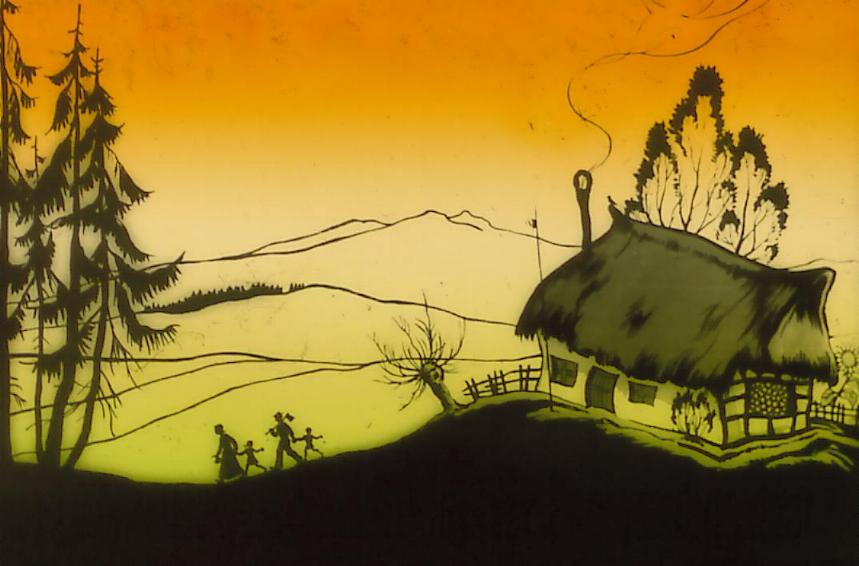
-col.jpg)
